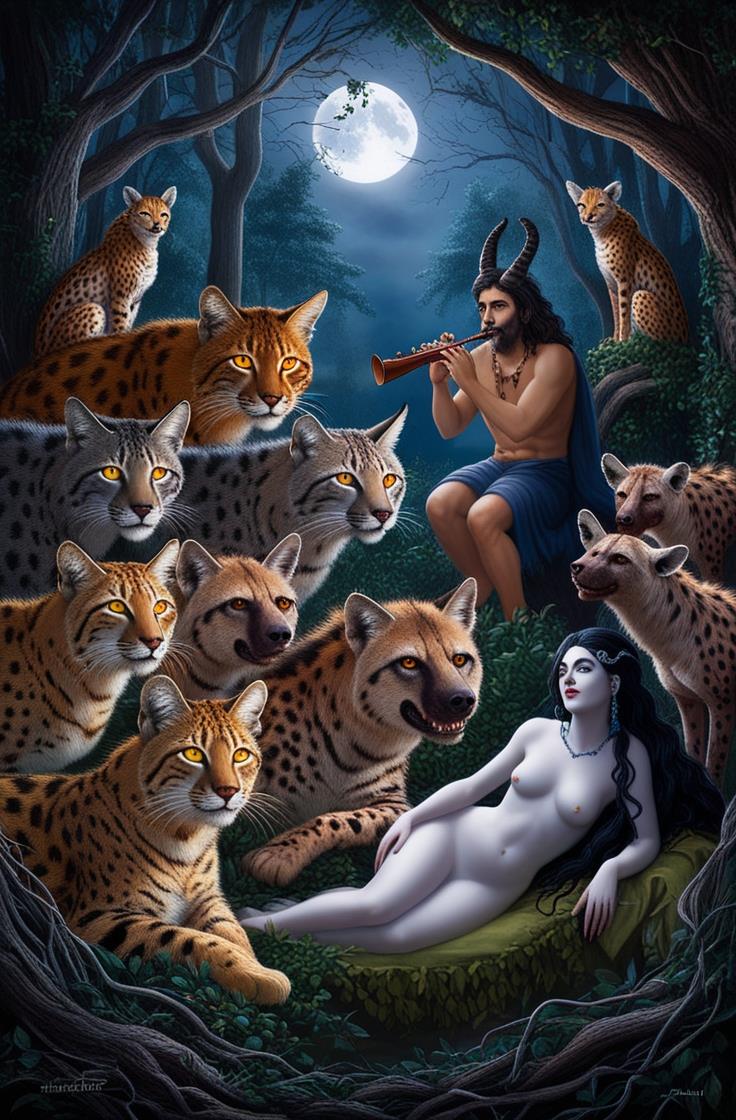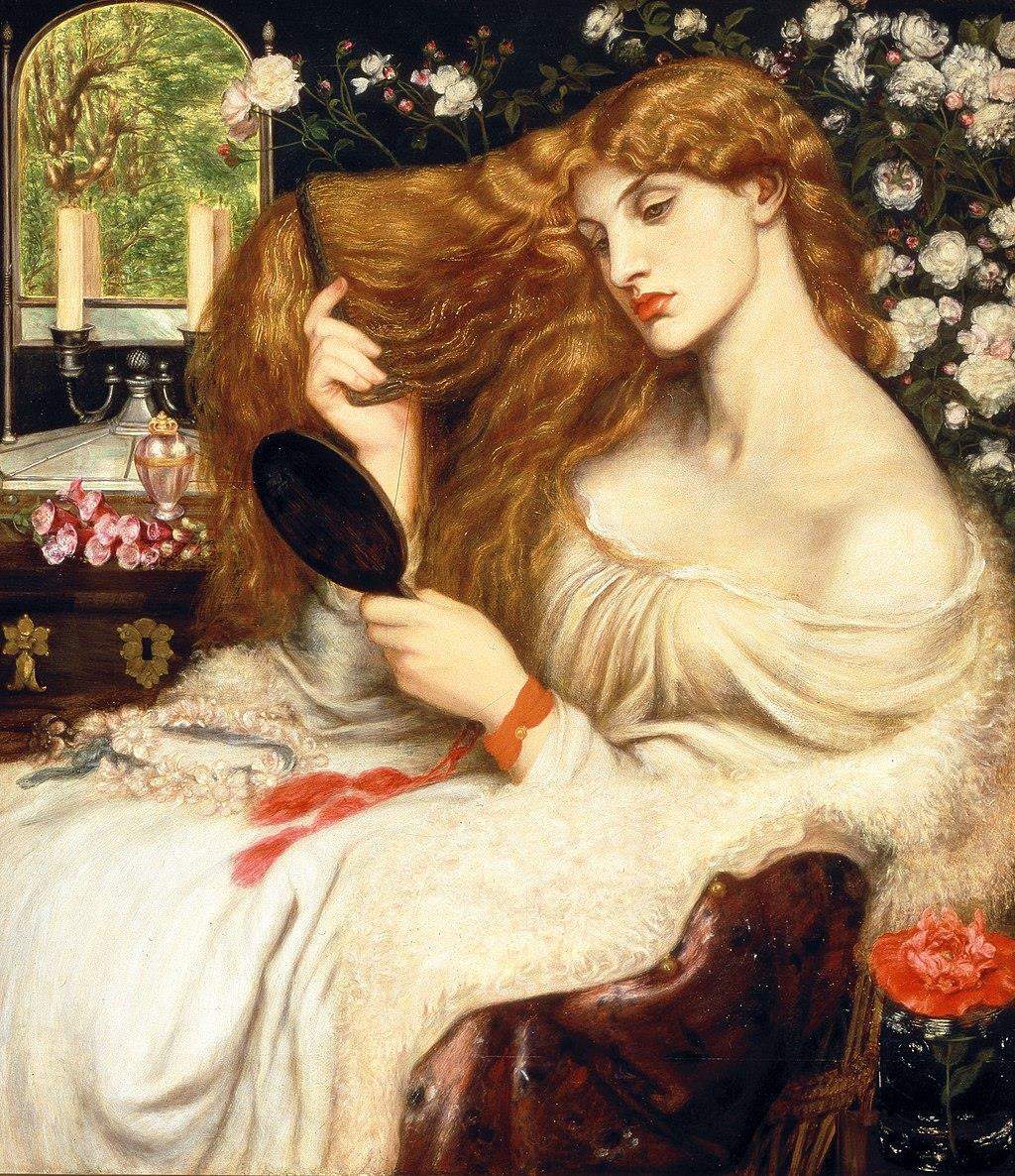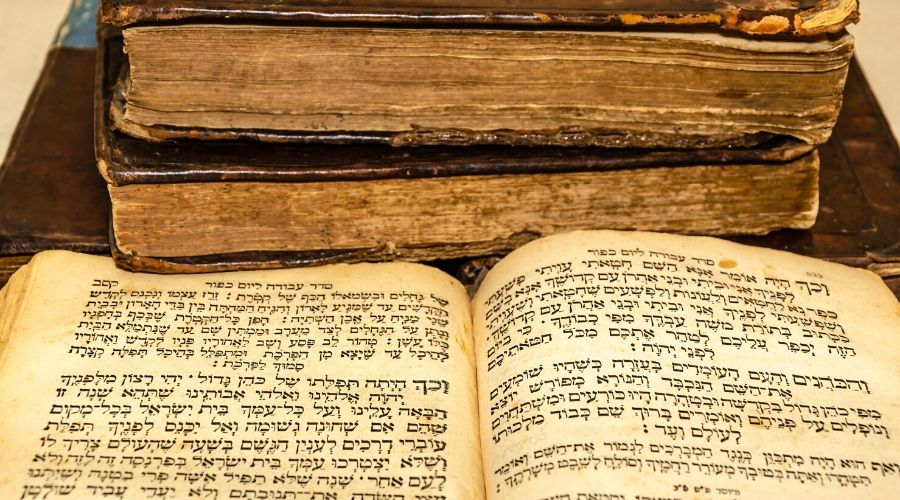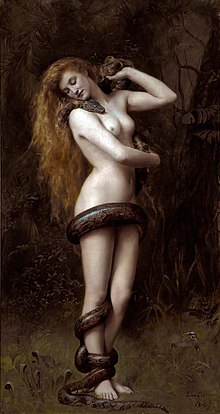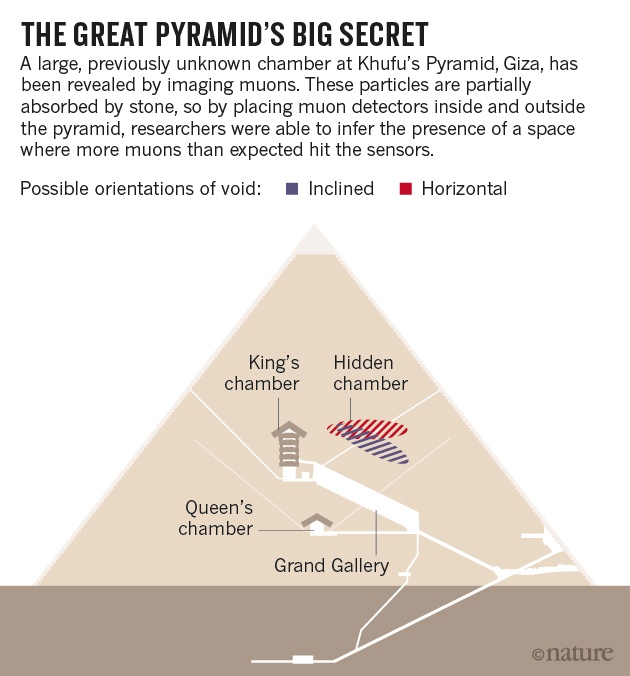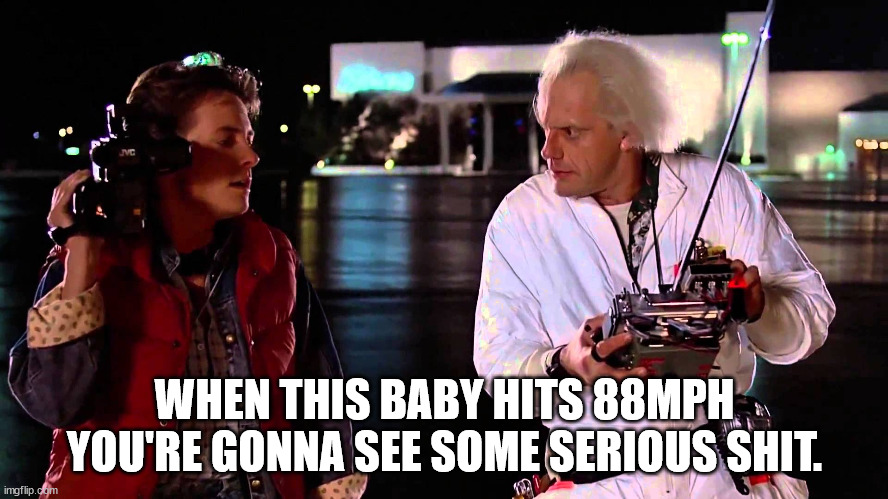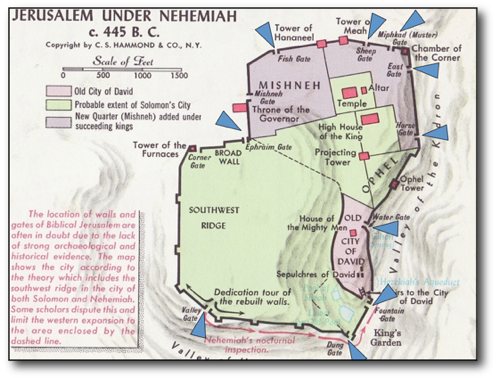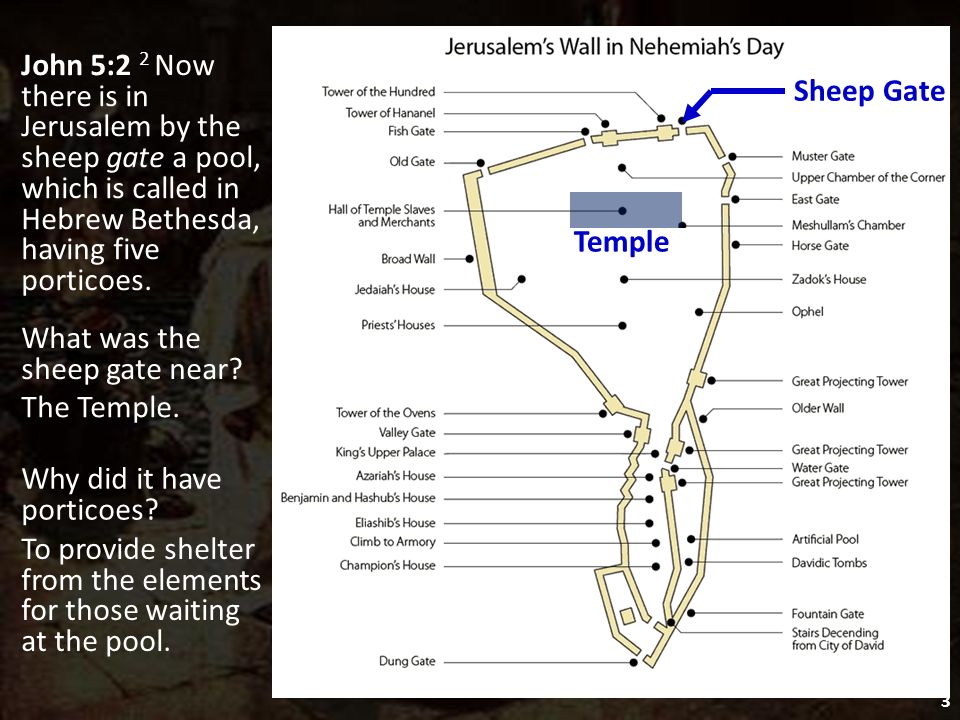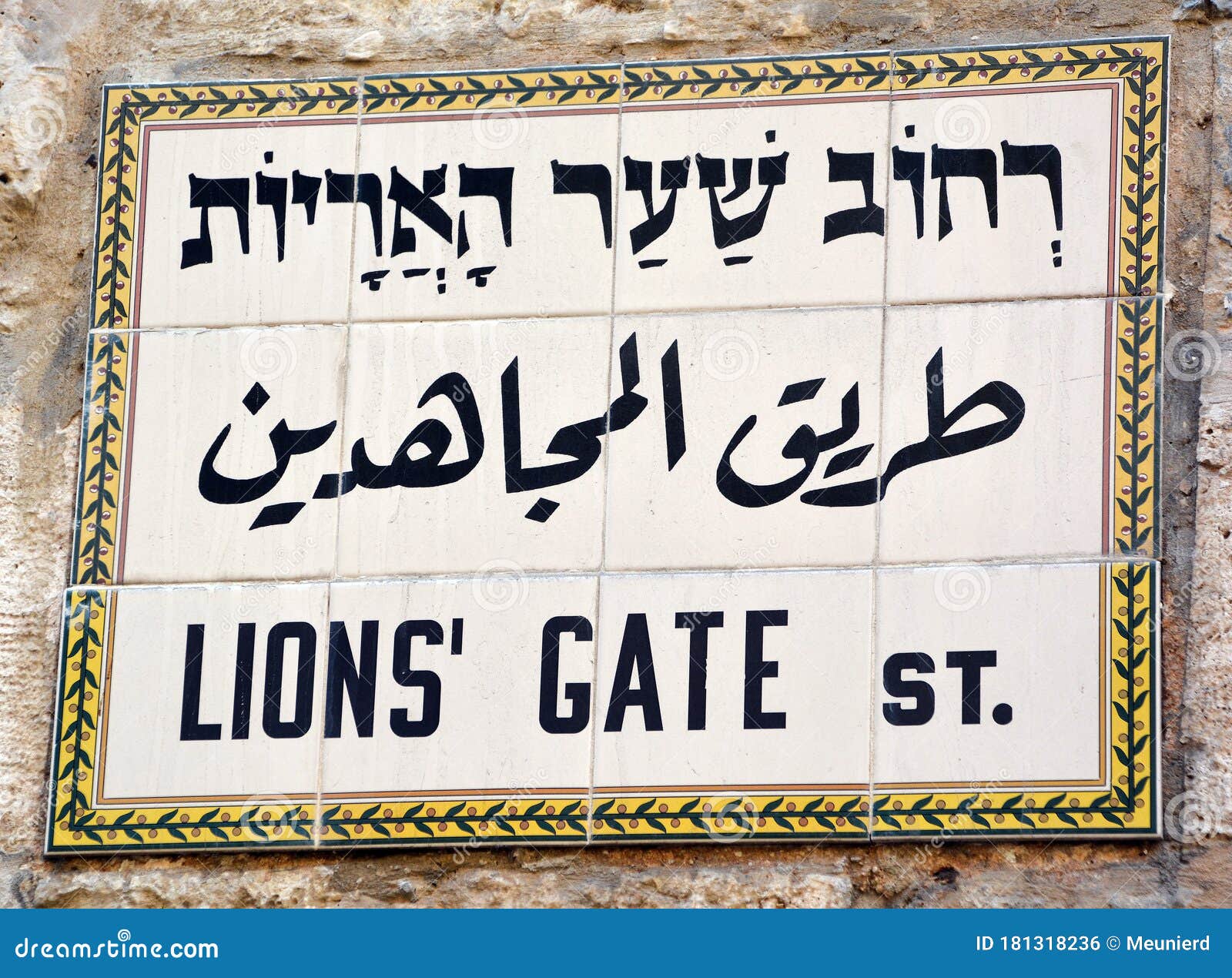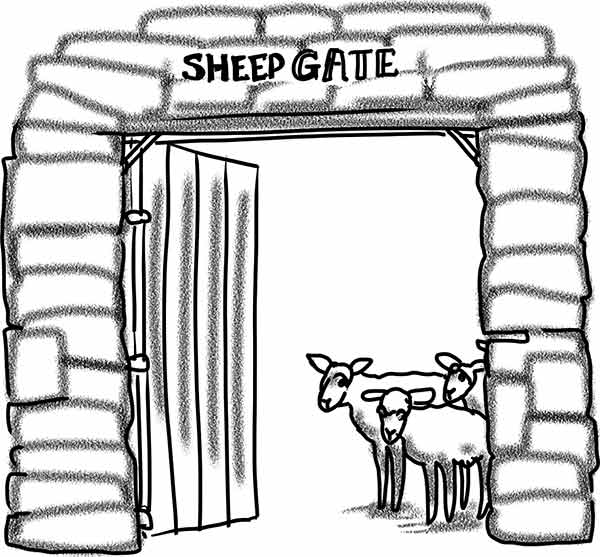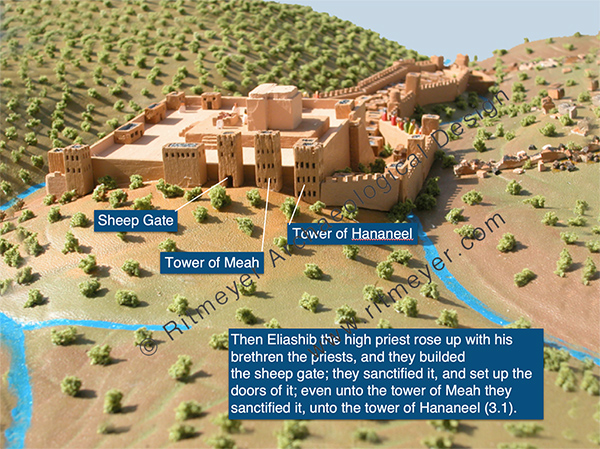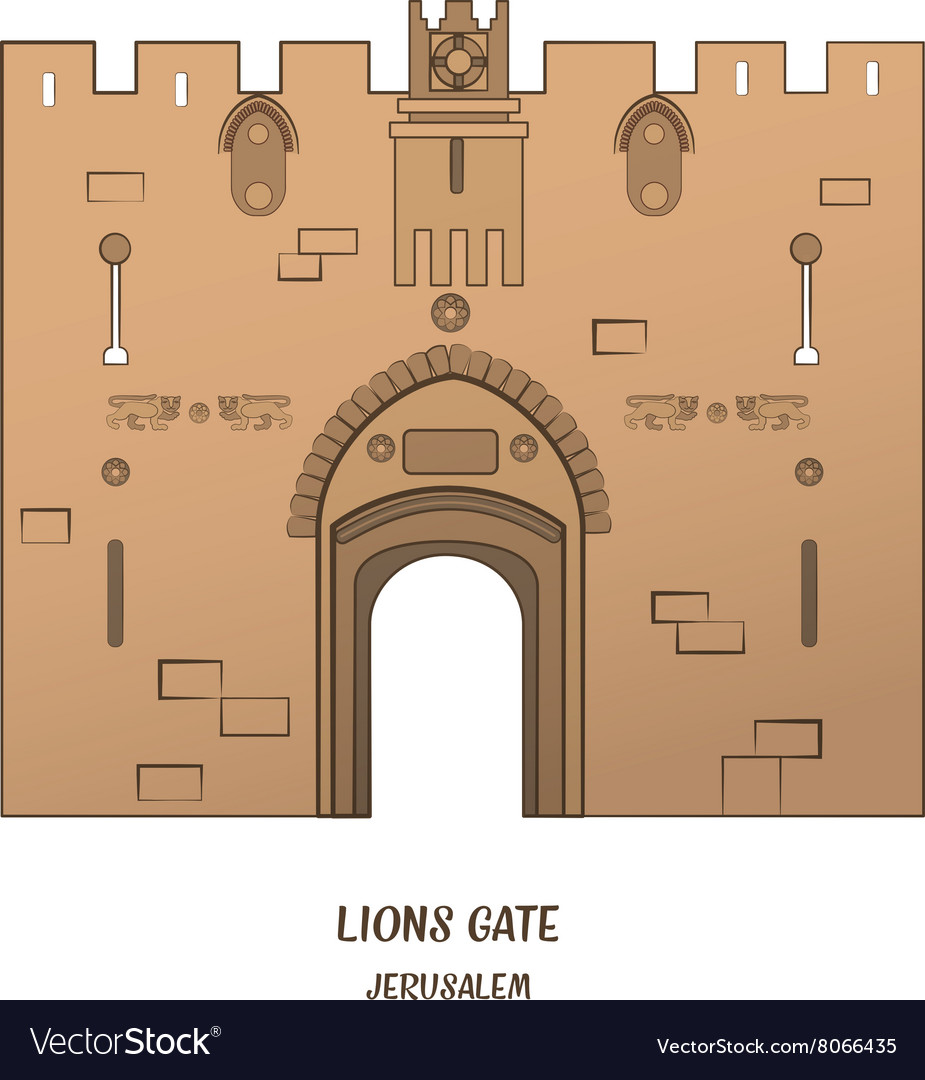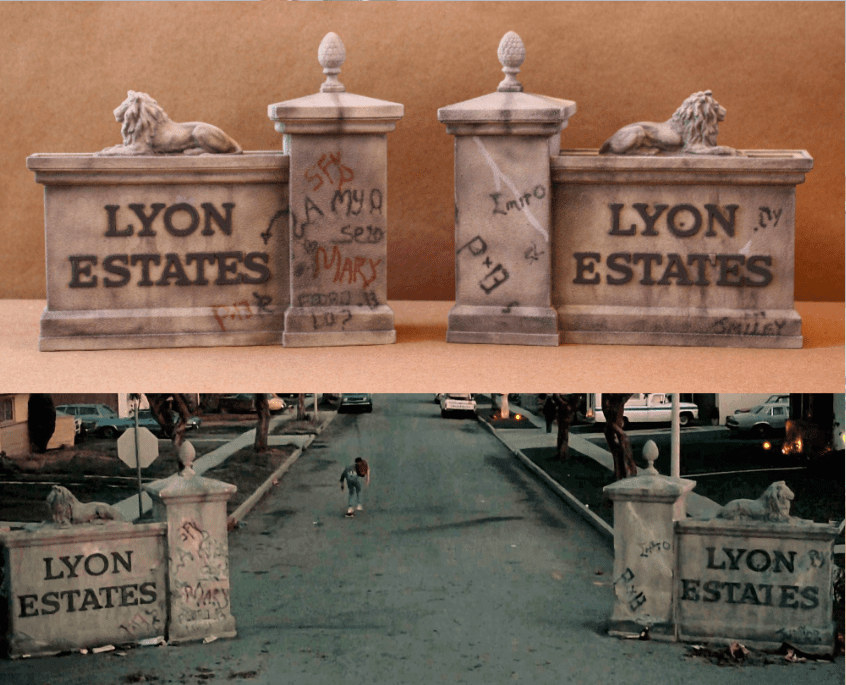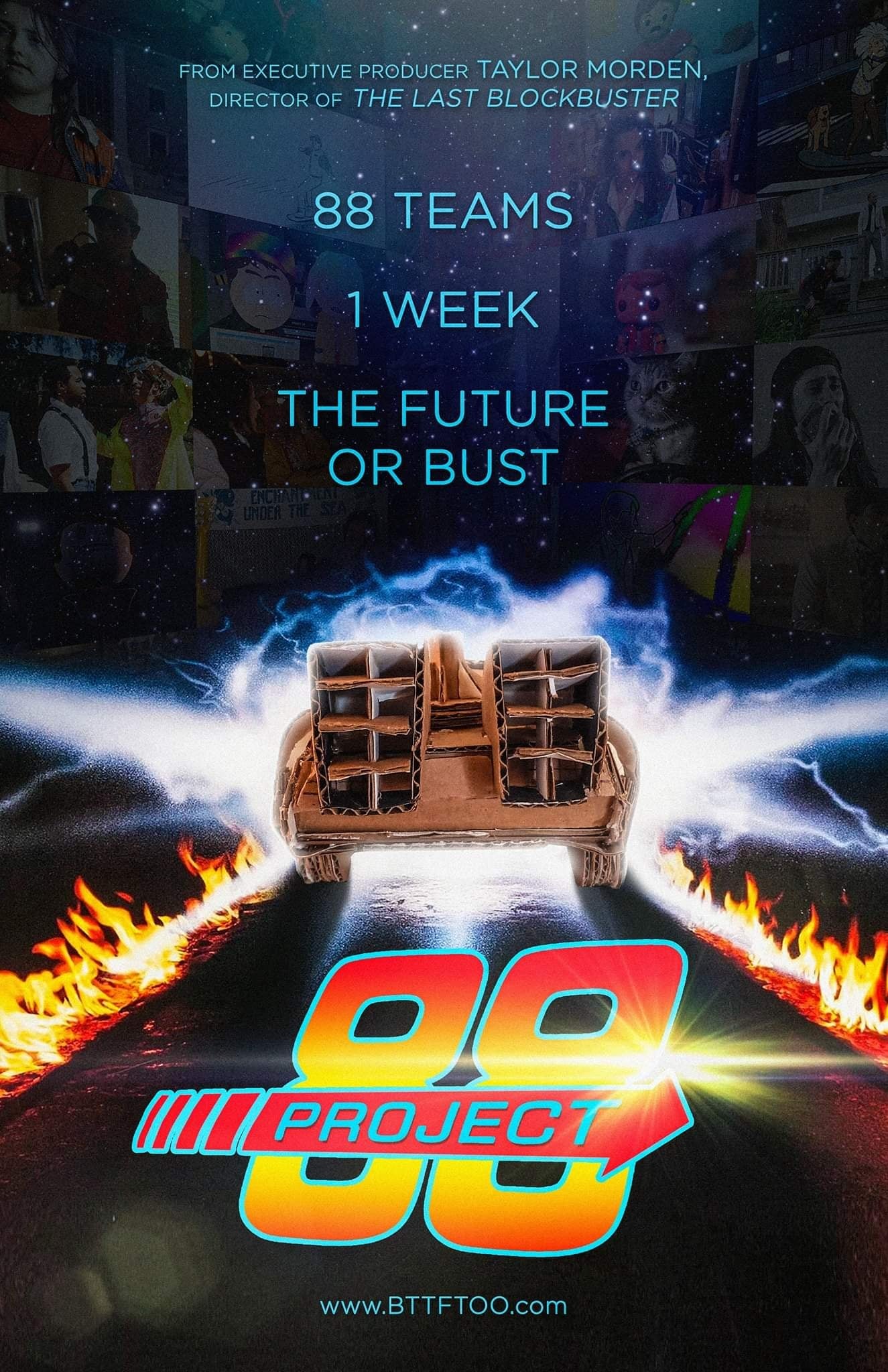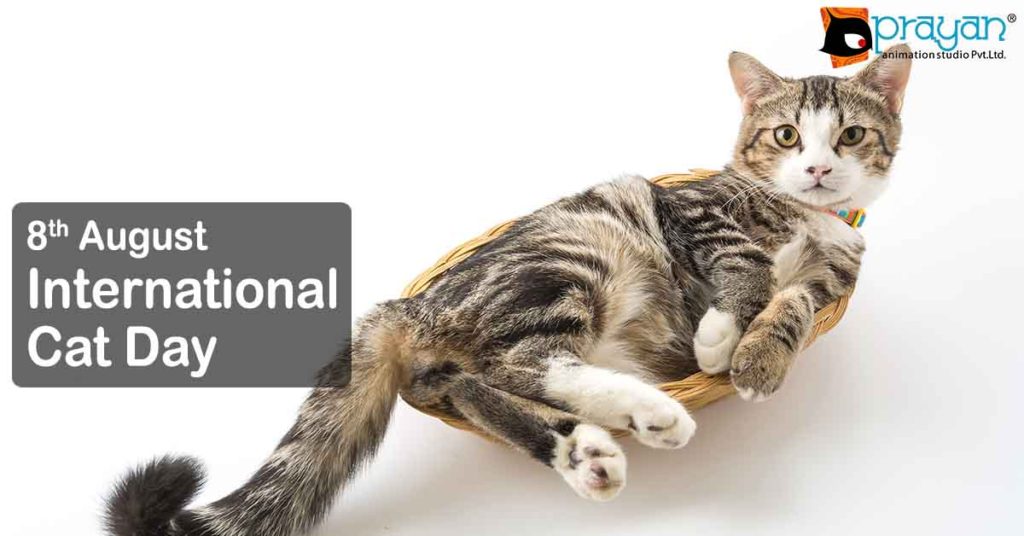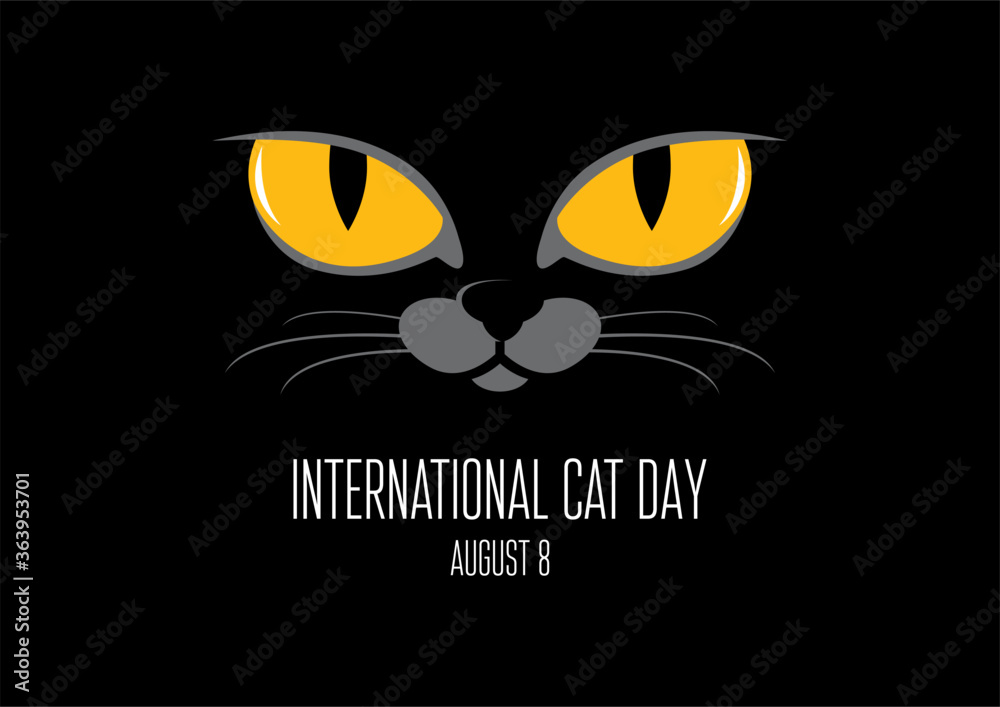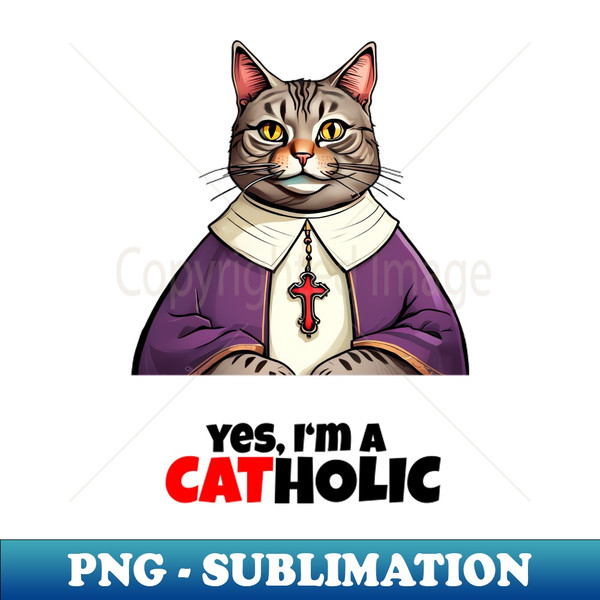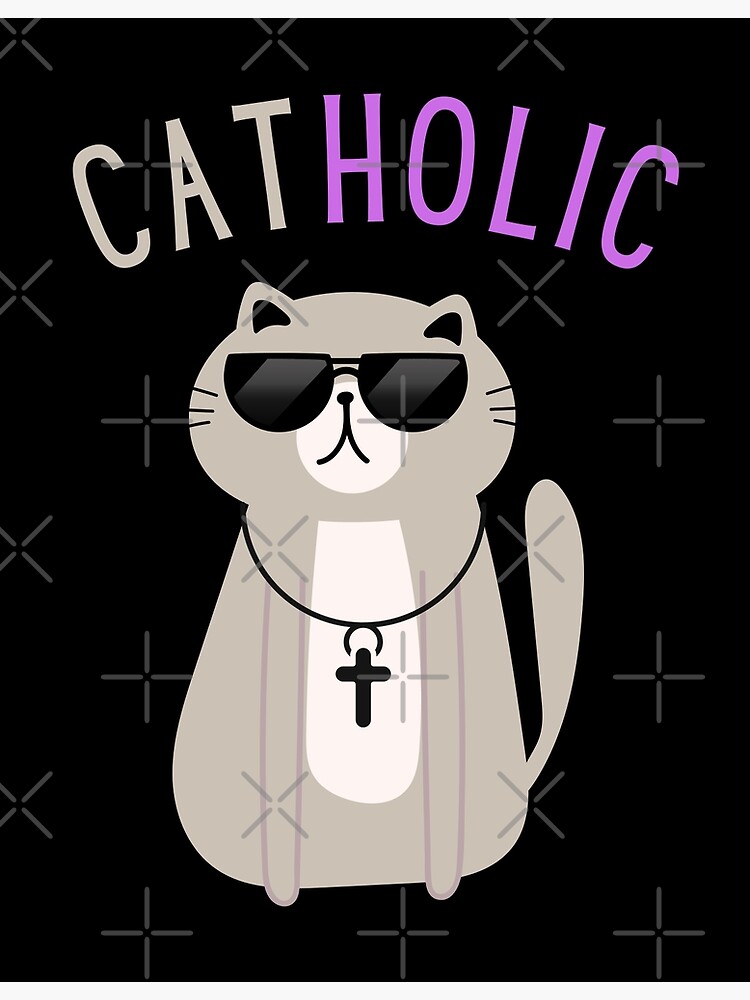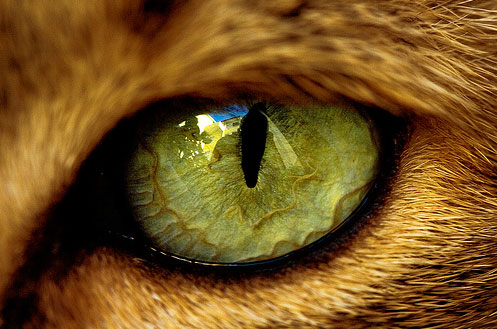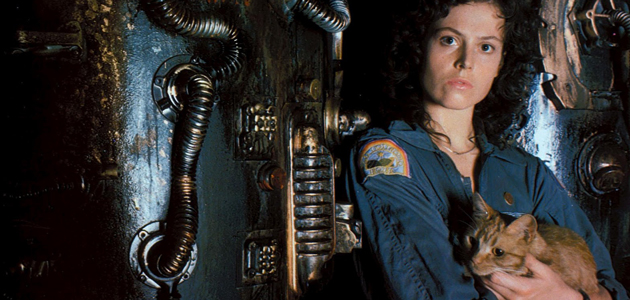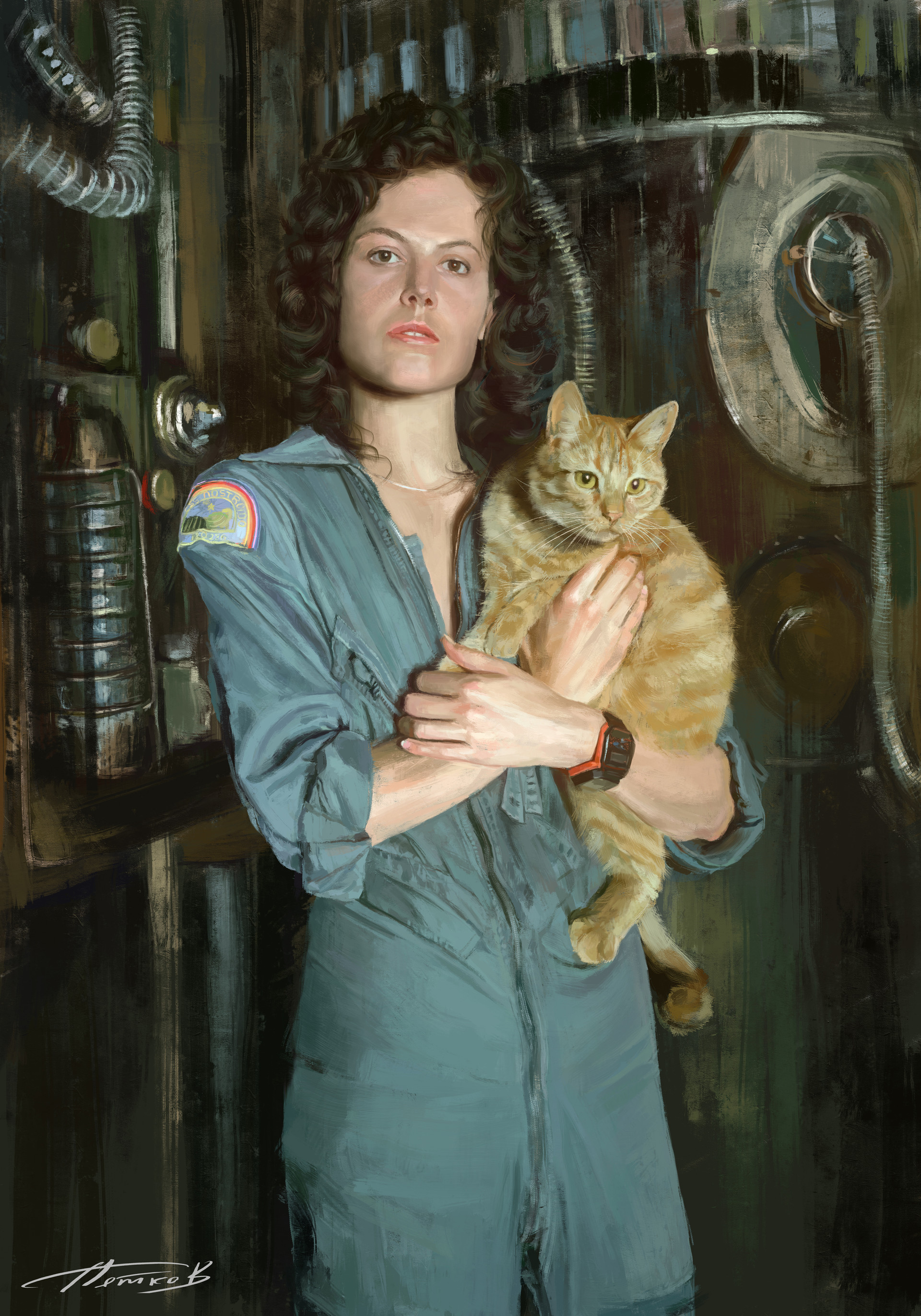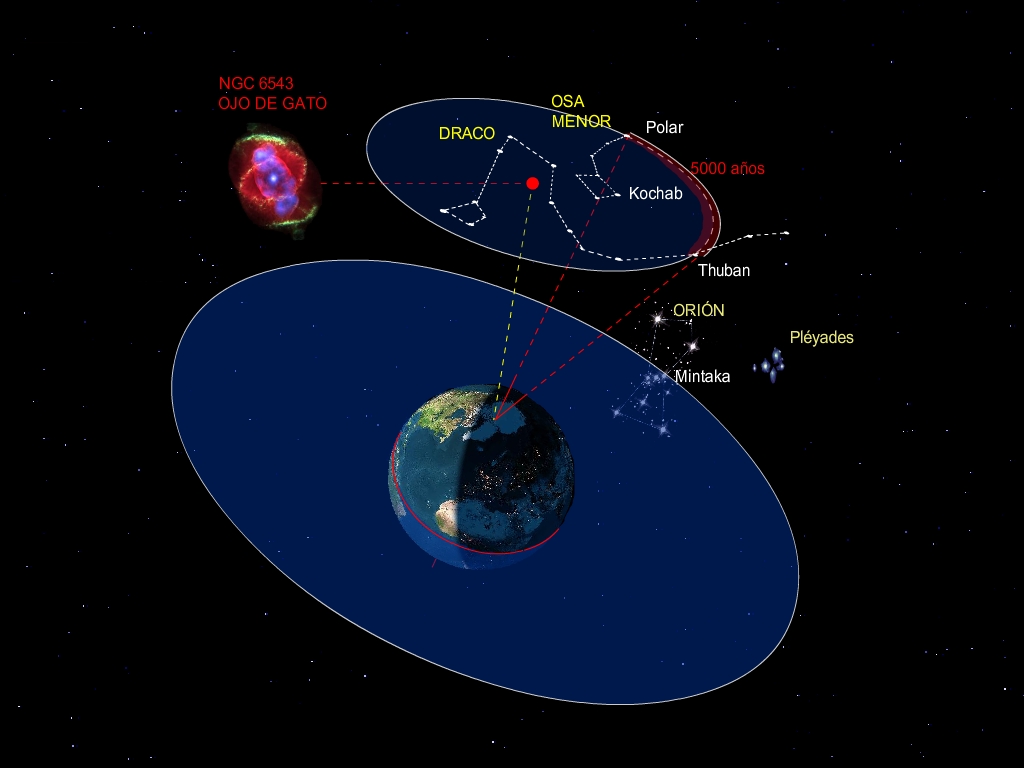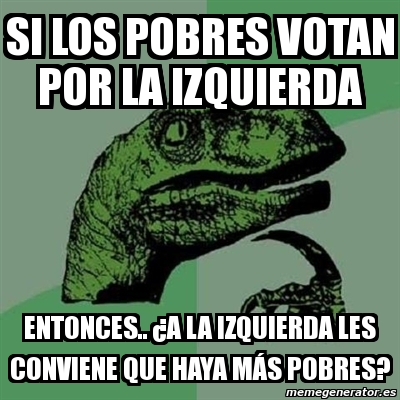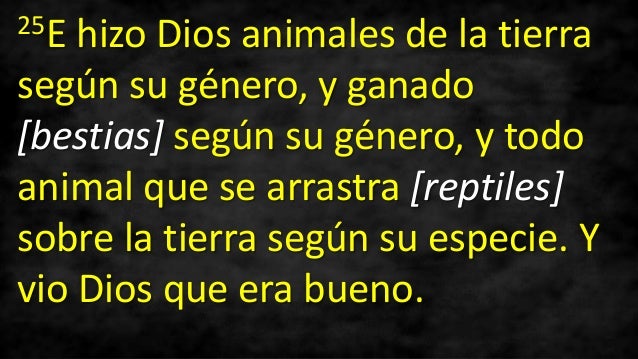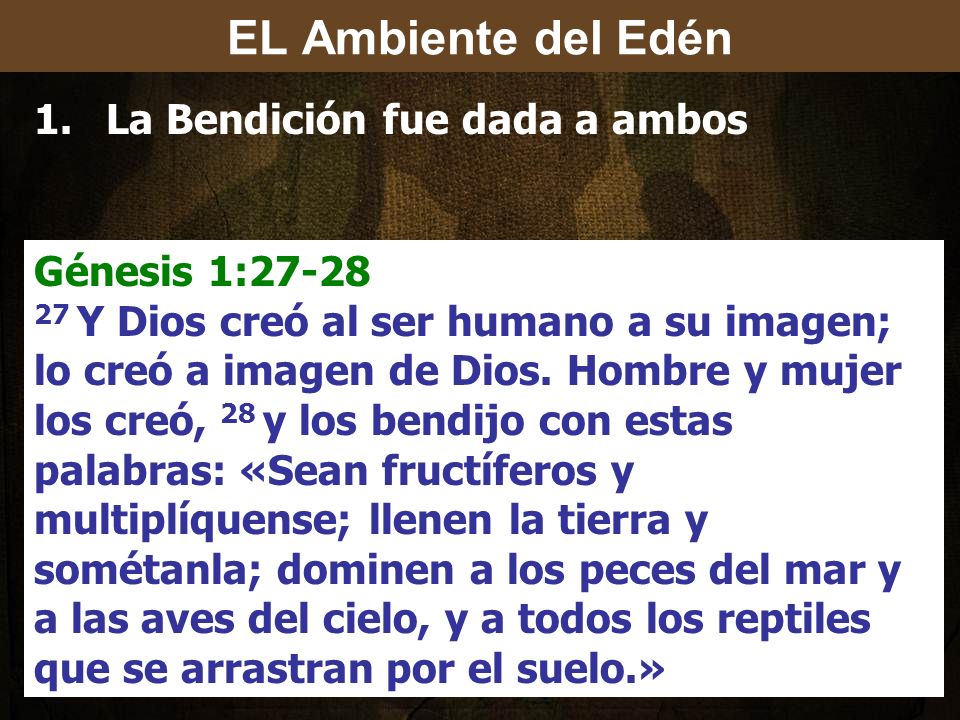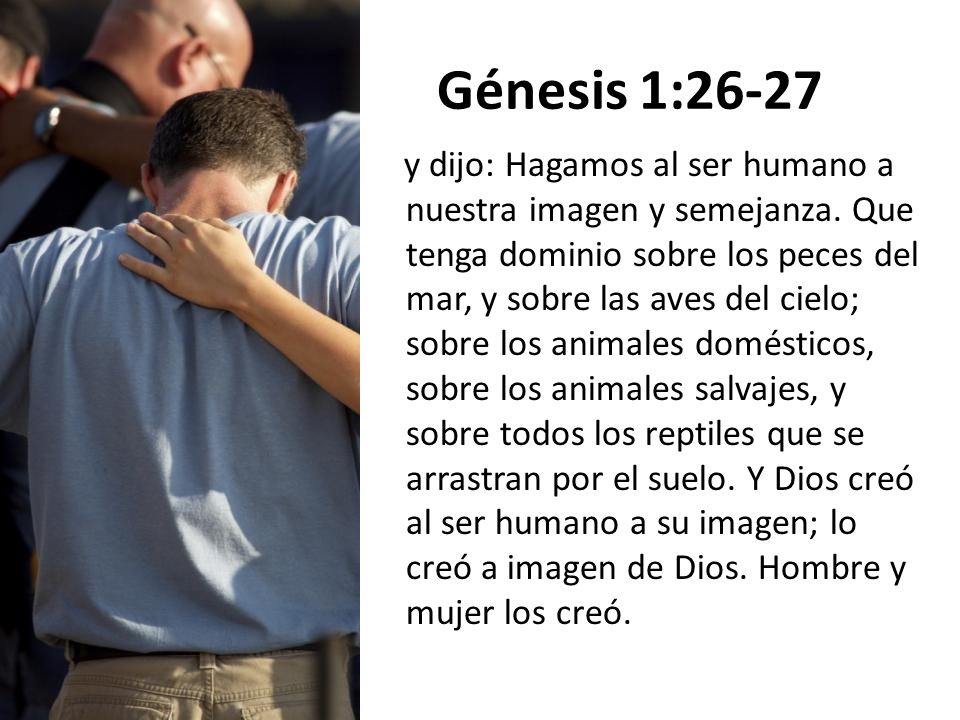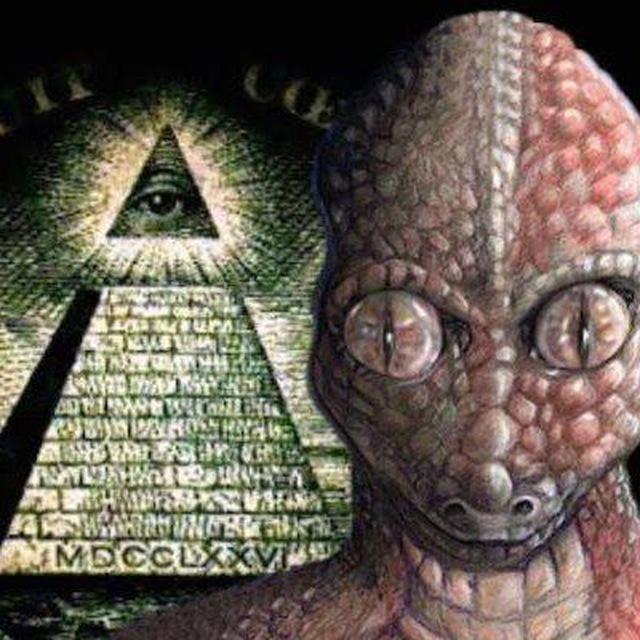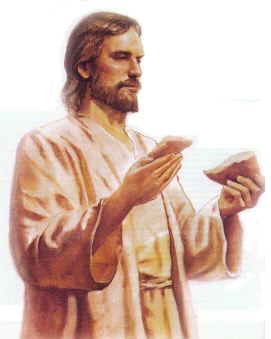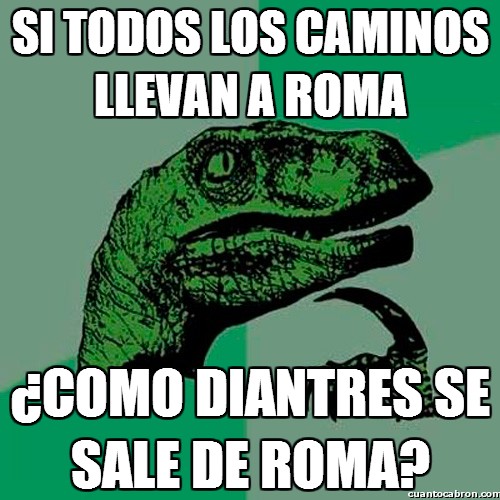
**Update: I explore the origin of the name "Lilith" in my recent post **
Over the past year, we've been exploring how The Chosen adapts biblical characters like Mary Magdalene, Nicodemus, Peter, Andrew, Matthew, Jesus, and the Romans. Meanwhile, in the youth ministry that I lead, I had the chance to view and discuss season one of The Chosen with several high schoolers and found it very fruitful. They were fully engaged by the show on the level of entertainment but also seemed solidify their understanding of important gospel events and figures, as well as the cultural context. As COVID drags on and winter sets in, if you're looking for a good activity to do online with your youth group, you might want to consider doing a series of The Chosen Viewing Parties like this. Below I'll share an outline describing how to do a Viewing Party for The Chosen Episode 1 (I Have Called You by Name).
Contributing to The Bible Artist
Has my content helped you learn more about the Bible and explore it with your ministry or family? I offer my work for free and rely on the generous support of readers like you. Your contributions mean so much. Thank you!
Warning Youth & Parents Before Viewing The Chosen Episode 1
You may want to warn students beforehand that this episode contains some demonic activity. It's certainly not The Exorcist, but demonic stuff can really freak some people out.
Introduction: What is The Chosen?
Without getting too detailed, I found it helpful to get my youth thinking about what adaptations are and how they work. Explain:
-
The Chosen is a multi-season streaming series that's adapting the four Gospels. Many characters and stories are based on events in the Gospels, but there are also characters and events that the creators made up to tie things together. There are also characters and stories from the Gospels that the creators have left out.
To clarify why the creators would want to add new characters and stories and leave some stories out, you could ask the following questions:
-
What are some other popular adaptations of books into film or television? (ex. LOTR, Harry Potter)
-
In [adaptation], can you think of some characters or stories that were added by the film? Why do you think the creators added them? (for LOTR: Arwen's bigger role, some action scenes. They speak to different audiences & look good on screen)
-
Can you think of characters or stories that the film left out? Why do you think they were removed? (for LOTR: Tom Bombadil. Enough said.)
I wouldn't take too long discussing these questions. Just long enough to make this point:
-
Adaptations often add, change, and leave out details, because what works in a book isn't always the same as what works in television or film. The Chosen isn't trying to mess with the Bible. The creators make changes in order to adapt the biblical stories to TV.

Preview: Key Characters & Expectations for The Chosen Episode 1
The Chosen introduces a lot of characters and expects us to just keep up. I found that my youth struggled to sort out the different characters, so you might want to do a quick slide show of the key characters using the character images I've included throughout this post.
I also suggest setting expectations for the first episode. Until Jesus shows up, some youth may find the show a little slow. We turned it into a bit of a game, where one of my youth would constantly ask "Is that Jesus?" every time a new character showed up.
Viewing The Chosen Episode 1
Due to COVID restrictions, my youth group watched The Chosen online using Zoom. You can find episode one free on YouTube here, although there are lots of ads. You can also purchase the DVDs of season 1 on Amazon if you're worried about trying to stream & do Zoom at the same time.
While watching the show, I made occasional comments through the chat but I tried to not do too much teaching - I wanted the youth to enjoy The Chosen and not just see it as an elaborate preaching illustration. For the most part, I just clarified who characters were (see my comment above) and occasionally I briefly explained a reference or allusion that was confusing to my youth. And we also just had fun chatting about random stuff, like how Quintus was totally fitting the stereotype of the evil bald guy.

The Chosen Episode 1 Discussion Questions
There are a few Bible passages that I thought were helpful to discuss the first episode of The Chosen. The first passage is regarding Mary Magdalene (Lilith):
Soon afterward he went on through cities and villages, proclaiming and bringing the good news of the kingdom of God. And the twelve were with him, and also some women who had been healed of evil spirits and infirmities: Mary, called Magdalene, from whom seven demons had gone out, and Joanna, the wife of Chuza, Herod's household manager, and Susanna, and many others, who provided for them out of their means. (Luke 8:1-3 ESV)
I would explain:
-
In case you didn't catch it, at the end of The Chosen episode 1 we discover that the character called Lilith for most of the episode is actually named Mary Magdalene. This passage is one of the few appearances of Mary Magdalene in the Gospels. Episode 1 depicts how she got these demons cast out of her by Jesus.
-
The Gospels never refer to Mary as Lilith. The creators of The Chosen probably chose this name because it is associated with demons in Jewish traditions.
-
By noting how Mary is in the "Red Quarter", The Chosen is implying that she is a prostitute. The Bible never suggests Mary Magdalene was a prostitute. However, some biblical interpreters mistakenly labeled her as such because the story before Luke 8 is about a prostitute being forgiven. Over time, the label stuck and now many adaptations depict her this way.
After sharing that information, you can ask:
-
What stuck out to you about Mary Magdalene's depiction in The Chosen?
-
What do you think Mary's life was like before Jesus showed up?
-
Why do you think The Chosen depicted Mary as a prostitute?
-
Have you seen other examples of how Jesus can show up suddenly and change someone's life in a big way?

The second passage is the Scripture that Mary has written down:
But now thus says the Lord, he who created you, O Jacob, he who formed you, O Israel: “Fear not, for I have redeemed you; I have called you by name, you are mine. When you pass through the waters, I will be with you; and through the rivers, they shall not overwhelm you; when you walk through fire you shall not be burned, and the flame shall not consume you. For I am the Lord your God, the Holy One of Israel, your Savior. (Isaiah 43:1-3 ESV)
I would explain:
-
This passage that Mary's father taught her is from the Book of Isaiah.
-
Many Christians still memorize this passage to remind them of how God is always with us, even in the most difficult trials. It's a great comfort in the midst of the pandemic and other turmoil.
Then you can ask:
-
In the passage, who is it that says, "I have called you by name"? (the Lord)
-
Who is it that says these words in the show? (Jesus)
-
What about Jesus' identity does this hint at? (he is God)
-
Can you think of moments when you may need to be reminded that God is with you?
The last passage is an optional bonus for youth that like digging deeper. It hints at where the show is going:
Now on the first day of the week Mary Magdalene came to the tomb early, while it was still dark, and saw that the stone had been taken away from the tomb. So she ran and went to Simon Peter and the other disciple, the one whom Jesus loved, and said to them, “They have taken the Lord out of the tomb, and we do not know where they have laid him.” So Peter went out with the other disciple, and they were going toward the tomb…
But Mary stood weeping outside the tomb, and as she wept she stooped to look into the tomb. And she saw two angels in white, sitting where the body of Jesus had lain, one at the head and one at the feet. They said to her, “Woman, why are you weeping?”
She said to them, “They have taken away my Lord, and I do not know where they have laid him.”
Having said this, she turned around and saw Jesus standing, but she did not know that it was Jesus. Jesus said to her, “Woman, why are you weeping? Whom are you seeking?”
Supposing him to be the gardener, she said to him, “Sir, if you have carried him away, tell me where you have laid him, and I will take him away.”
Jesus said to her, “Mary.”
She turned and said to him in Aramaic, “Rabboni!” (which means Teacher).
Jesus said to her, “Do not cling to me, for I have not yet ascended to the Father; but go to my brothers and say to them, ‘I am ascending to my Father and your Father, to my God and your God.’”
Mary Magdalene went and announced to the disciples, “I have seen the Lord”—and that he had said these things to her. (John 20:1-3, 11-18, ESV)
I would explain:
-
This passage takes place after Jesus' death and resurrection at the end of the Gospels.
Then you can ask:
-
Initially Mary doesn't recognize Jesus. Did anyone notice what it was that made her recognize him? (he calls her by her name)
-
How does this connect to what happened in episode 1? (he calls her by name at the end when he heals her)
-
Why do you think The Chosen is trying to connect episode 1 to what will happen when Jesus is resurrected?
-
Do you believe Jesus knows you by name? How does that truth encourage you?
There you go! Hopefully these questions will prove helpful as you watch episode 1 of The Chosen with your youth group. I've condensed the lesson into an easily printable pdf below. If you try it out, please let me know how it goes and if you have any feedback!
The Chosen Season 1 Episode 1 & Scripture FAQ
Was Mary Magdalene possessed by Lilith and healed by Jesus?
The Bible includes Mary Magdalene in a list of women who had evil spirits healed by Jesus. Jesus is said to have cast seven evil spirits out of her (Luke 8:1-3). The specific demon is not named in Scripture.
In The Chosen, when we first Mary Magdalene in Season 1 Episode 1, she has already been possessed by an evil spirit, Lilith, for some time. Jesus heals her evil spirit(s) at the end of Episode 1.
Why is Mary Magdalene called Lili or Lilith in The Chosen?
Mary Magdalene is never called Lili or Lilith in the Bible. In The Chosen, when we first meet Mary Magdalene, most of the characters refer to her as Lili. When Nicodemus encounters her, we discover that the evil spirit that is possessing her is named Lilith. After Jesus heals her evil spirit, she resumes calling herself "Mary," her birth name, and refuses to answer to the name associated with her spiritual oppression.
Who is Lilith in the Bible?
The Hebrew word "lilit" only shows up in Isaiah 34:14, where most modern translations render it as something along the lines of "night bird." However, some scholars believe the word would be better translated as demoness and see it is a reference to a Mesopotamian spiritual being. Later Jewish tradition described a demonic figure known as Lilith in a variety of ways. For more details, check out my post focused specifically on Lilith, Demons, and Evil Spirits.
Did Nicodemus try to help Mary Magdalene?
In the Bible, there is no indication that Nicodemus met Mary Magdalene or that he tried to heal her or exorcise her evil spirits.
In The Chosen, Nicodemus meets Mary Magdalene in Season 1, Episode 1. He attempts to heal her and exorcise the evil spirit in her, but he is unsuccessful and concludes that she is beyond hope. When he encounters her again in Season 1 Episode 2, he is surprised to discover that she has been completely healed and is free of the evil spirits. This story was invented by The Chosen for the purposes of the plot.
Was Mary Magdalene a prostitute?
As I noted above, in the Bible there is no indication that Mary Magdalene was a prostitute. Her association with prostitution was a result of the proximity between the first mention of her in Luke (Luke 8:1-3) and a story about a prostitute (Luke 7:36-50). Over time, the Western artistic tradition repeatedly depicted Mary as a prostitute and the mistaken association got stuck in the cultural consciousness.
In The Chosen, it is not entirely clear whether Mary Magdalene was engaging in prostitution before the events of Season 1, Episode 1. She is clearly sleeping with a man out of wedlock when the episode begins and they are sleeping together in "the Red Quarter" - a sleazy part of town.
What is the Red Quarter?
The Bible never mentions "the Red Quarter." In the modern vernacular, a "red light district" is a term that refers to an area of the city known for prostitution, strip clubs, and other immoral establishments. Because The Chosen seeks to be kid-friendly, it most likely uses the term "Red Quarter" in order to hint to older viewers that Mary is a prostitute without explicitly mentioning prostitution or sex.
Was Mary Magdalene raped?
In the Bible, there is no indication that Mary Magdalene was raped.
In The Chosen, we see a brief flashback during Season 1, Episode 1 that strongly implies that Mary was raped by a Roman soldier. The trauma of her rape is hinted at again in Season 2, Episode 5, and is the trigger that causes Mary to backslide.
Deepen the Relationships in Your Community,
Cultivate Creativity, and Have Fun with Make It
Game nights are a favorite rhythm of youth ministries and small groups across the world. As a former youth minister, I've always appreciated how games provide a fun but safe space for old friends and new acquaintances to deepen their relationships and have fun.
As a creative, however, I've always longed to see more games that reward imagination and ideas. While "hardcore" games tend to reward those who have the most knowledge of the game mechanics, casual games tend to reward those who have the most relational knowledge of the other players.
So what would it look like for a game to inspire creativity - even for first time players? My answer to that question is Make It. Have you ever dreamed up a clever life-hack or idea for an invention? Make It gamifies that experience. During each round, you'll respond to a project prompt by coming up with an original idea for invention, which you'll then pitch to your fellow players. After every player has shared, you'll vote on which idea is the best invention. You can see the game in action in a recent episode of The Bible Artist Podcast.
Instead of coming in a boxed set, Make It comes in the form of notebooks, which each contain everything needed for a single player. If you plan to play in a group, buy enough notebooks for each player. You can also do Make It on your own as a creative exercise. The notebook-based format allows Make It to sell for only $8.50/notebook (standard size) and $6.50/notebook (compact). For a group of 4, that's $34 (standard) or $26 (compact). I've tried to keep the price as low as possible to make the game affordable for youth groups, college ministries, and churches.



